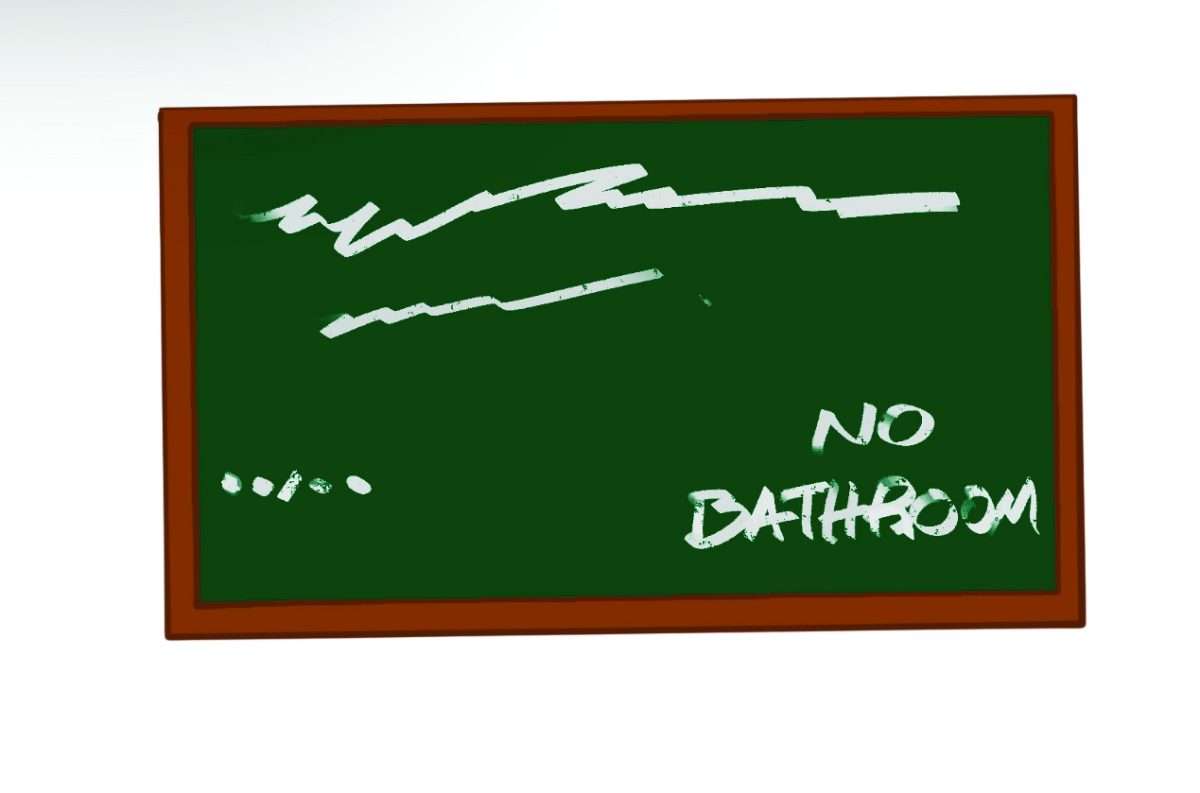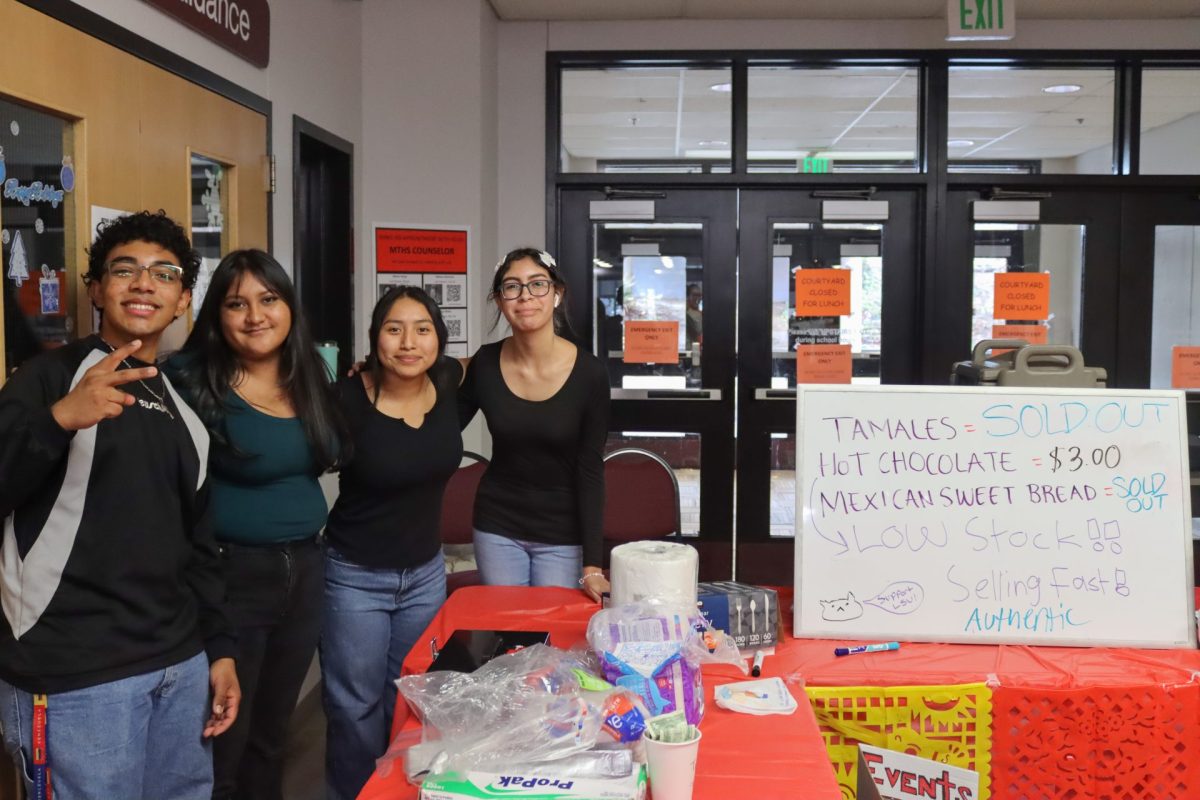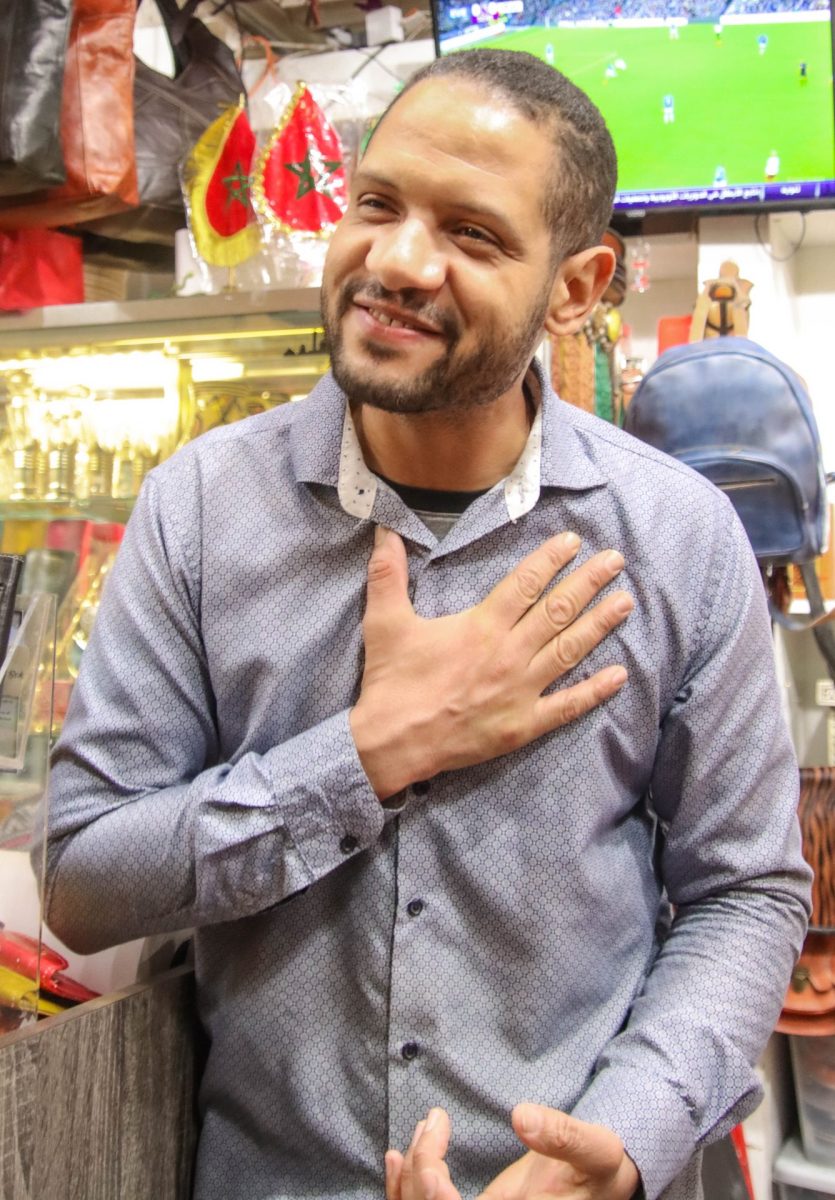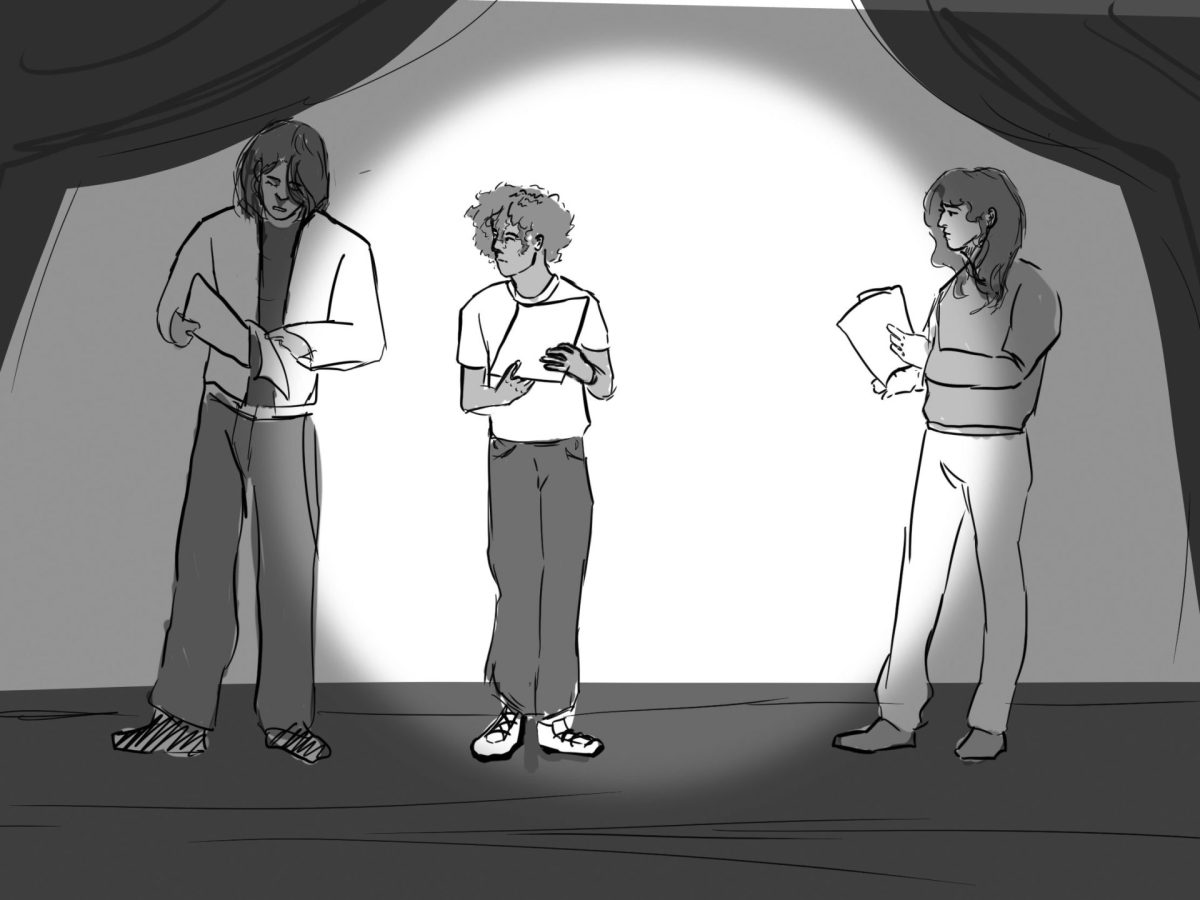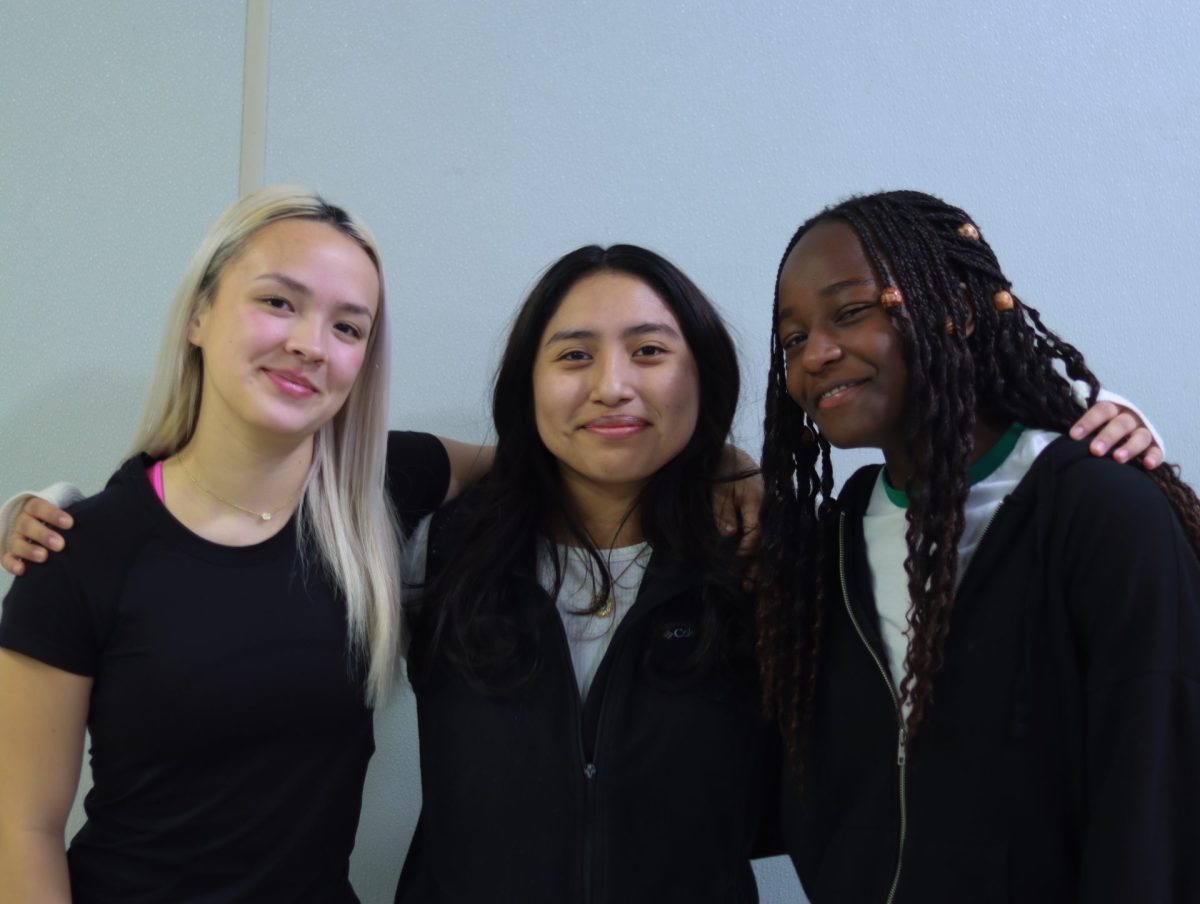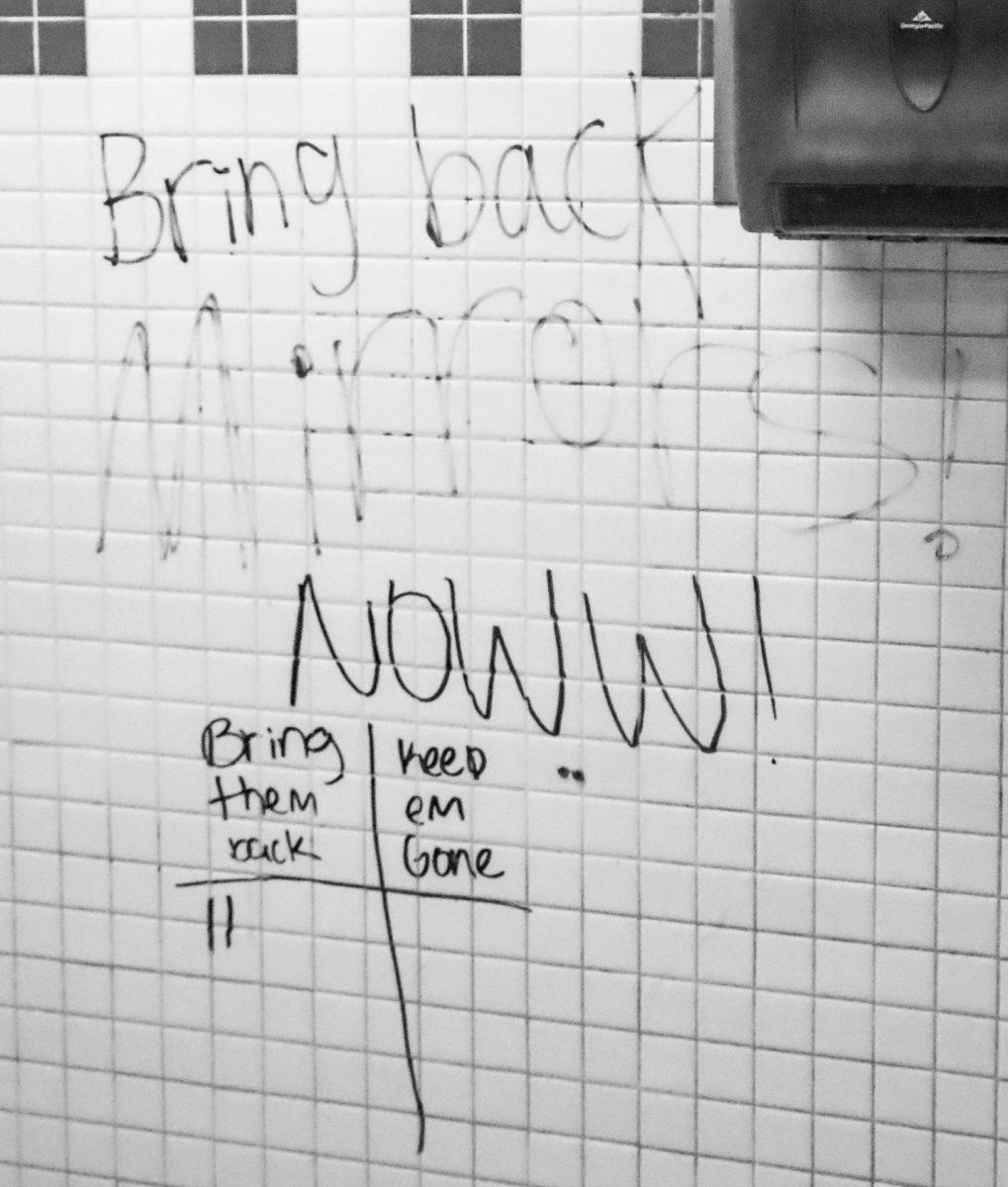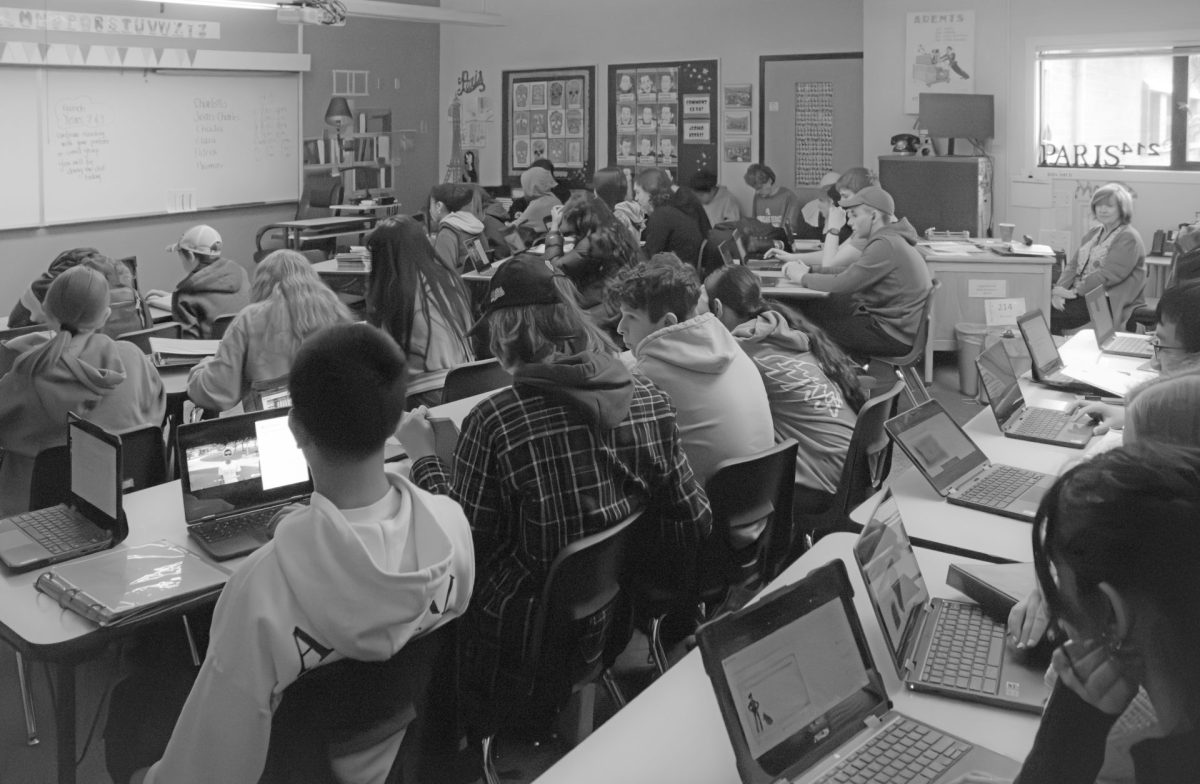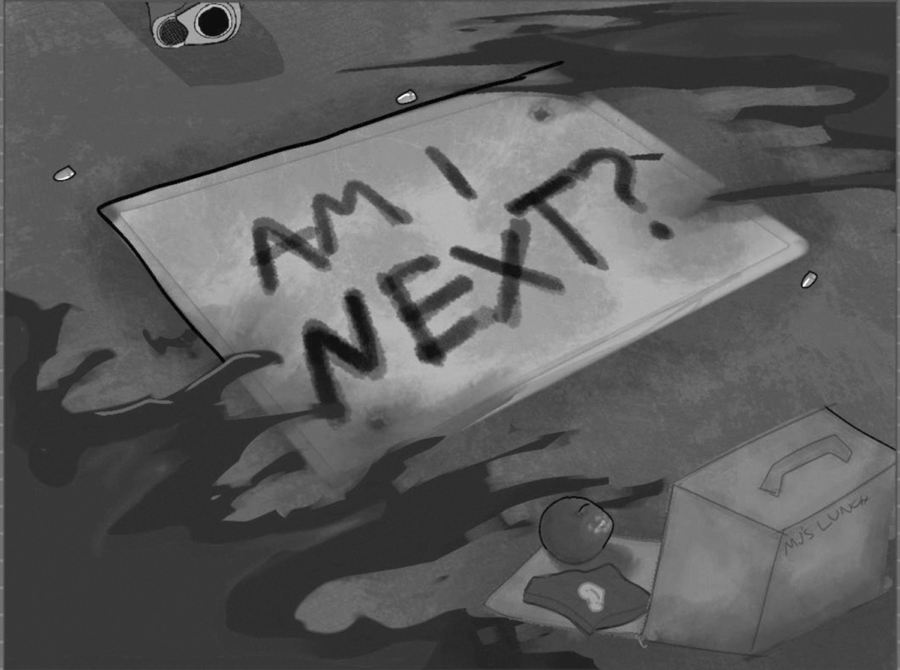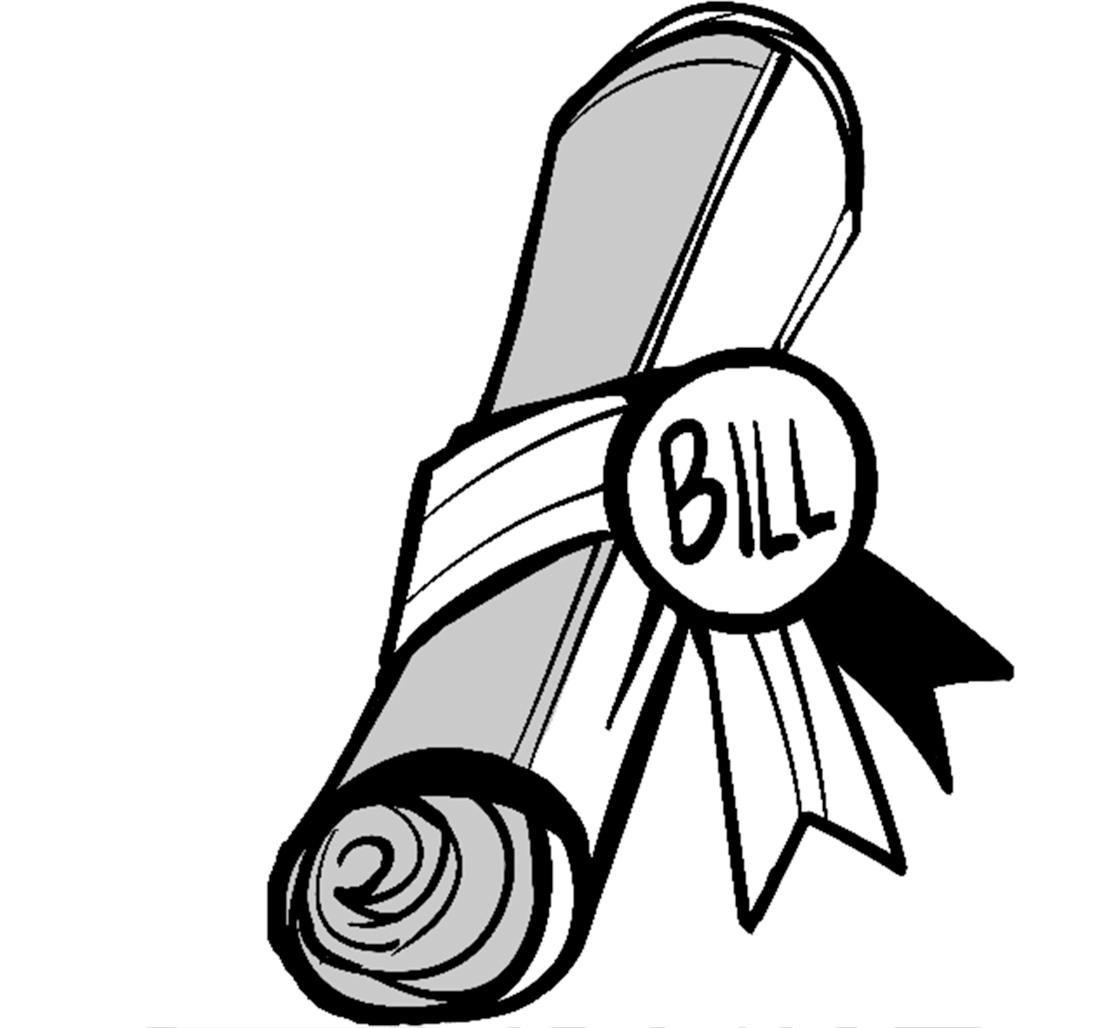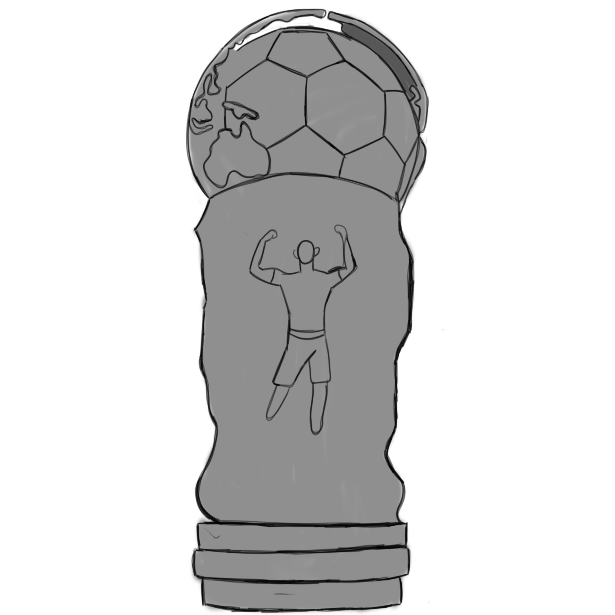More than one out of four 12- to 14-year-olds are sexually assaulted – 26 percent – in America.
Approximately 1.8 million children and teenagers in the United States have been victims of sexual assault and 35.8 percent of sexual assaults happen between the ages of 12 and 17. Additionally, teenagers 16- to 19-years-old are more than three and one-third times more likely to be victims of rape, attempted rape or sexual assault compared to adults.
These startling statistics, provided by the U.S Department of Justice (DOJ), show the risks of being victim to sexual assault that students face as teenagers.
For students and staff at Terrace, those national statistics have become all too real.
In January, a male MTHS student was arrested under suspicion that he sexually assaulted a female student on campus. While the suspect was emergency expelled, Principal Greg Schwab said that he and MTHS staff are seriously examining whether the assault could have been prevented.
UPDATE: 16 APRIL 2016 – Former student charged with third-degree rape
What is sexual assault?
Sexual assault is when a person forces another person to perform a sexual act without consent, as defined by the National Center for Victims of Crime, also referred to as the National Center. This includes touching the victim in inappropriate areas, which is often also considered rape.
“[I would describe sexual assault as] any unwanted sexual behavior. It could even be words,” psychology teacher Kimberly Nelson said.
Even if a person has had sex before or is in the middle of having sex, he or she can change his or her mind at anytime and say no, and if his or her partner refuses to stop that is also considered sexual assault, according to the National Center.
“I talk to students who have been sexually assaulted at a party and one of the hardest things they go through is, ‘I was there with my friends. My friends said that I didn’t look like I didn’t want this or that I didn’t say help me.’ It is not about always saying help me or not, it is about respecting everybody’s space,” school psychologist Julie Schwab said.
The National Center also reported that if the victim is drugged, drunk, unconscious, or too young or mentally disabled to be legally able to consciously agree to sexual contact, this also counts as sexual assault.
Somewhere in America, statistically a woman is raped every two minutes. However, women with disabilities are raped and abused at a rate at least twice that of the general population, according to the Washington Coalition of Sexual Assault Programs (WCSAP).
Nelson commented that students should be informed on safe sex and know the consequences behind their actions.
“If a kid has a question about sex in class, I will answer it. They deserve to know the answer. I’ve never had a kid learn about things like this and then run out and have sex. But I have had a lot of kids go out and have sex when they did not understand these things,” Nelson said.
Who are perpetrators?
Many victims are assaulted by someone they know, such as a date, acquaintance, boyfriend/girlfriend or a friend, according to the National Center. According to the DOJ, approximately one in five female high school students have reported being physically and/or sexually abused by a dating partner.
In addition, the National Sexual Violence Resource Center (NSVRC) reported that 74 percent of adolescents who have been sexually assaulted were victimized by someone who knew them well, and one out of five were assaulted by a family member.
There are many risk factors which make an individual more likely to become a perpetrator, according to the Centers for Disease Control and Prevention (CDC). These factors include alcohol and drug use, delinquency, the inability to be empathetic, aggression and early sexual fantasies.
In addition, these individuals often display preference for impersonal sex and sexual risk-taking, exposure to sexually explicit media, hostility towards women, hyper-masculinity, suicidal behavior and prior cases of sexual victimization or perpetration, according to the CDC.
“These factors increase the likelihood of someone becoming a perpetrator is they do not understanding empathy. Understanding how your behavior affects other people,” Nelson said. There are also different family factors which put someone more at risk to become a perpetrator, such as a family environment including physical violence and conflict or a childhood history of physical, sexual or emotional abuse.
In addition, the CDC reported that communities with higher levels of poverty, lack of employment, tolerance of sexual violence and lack of institutional support from police and the judicial system have a higher risk of sexual assaults.
Societal norms that support sexual violence, male superiority and sexual entitlement paired with weak laws and policies related to sexual violence and gender equity also create a greater risk within a community, the CDC reported.
“I don’t think our community is any more impacted than others. A few years back the police got this huge grant to address the domestic violence in Mountlake Terrace. It was about 15-20 years ago. It was to put domestic education activities in the classrooms, and how to deal with domestic violence, how kids can get help,” Nelson said.
How do victims respond?
An estimated 63 percent of sexual assaults are never reported to the police, according to the NSVRC.
Reasons for this include that the victims are afraid of the possible outcomes: people won’t believe them, the perpetrators may take revenge, they will be blamed, or that there won’t be enough evidence to prove the assault, according to the NSVRC. In addition, victims may feel pressure from others not to tell, distrust law enforcement, or feel the need to protect the perpetrators.
According to the CDC, victims’ responses to sexual assault can be varied. They may feel hopeless about whether anything can be done. This might translate into fear, anxiety, shame, anger, sadness, loneliness, betrayal or depression. Victims may also feel bad about themselves or their bodies, or feel afraid to go anywhere the attacker might be.
In the event that someone you know is sexually assaulted, school psychologist Julie Schwab suggested to get the victim the support that he or she needs, especially to help them tell their parents or get into contact with another trusted adult, whether it is a youth leader, a counselor or school psychologist.
“It is not just the immediate assault, but it is the long term psychological damage that I would want to make sure that [a victim] is getting [help for]. [That experience] is always going to be a part of you,” Schwab said.
How can sexual assault be prevented?
According to WCSAP, in 2013, community sexual assault programs in Washington served 13,442 primary victims of sexual assault and 6,252 secondary sexual assault victims. More than 33 percent of women in Washington state have been sexually assaulted in their lifetime.
There are a number of ways suggested to prevent sexual violence in dating relationships. Set boundaries for what a person can and cannot do, communicate boundaries with your partner clearly and make sure they understand.
According to the NSVRC, prevention is possible through promoting safe behaviors, thoughtful policies and healthy relationships throughout the community. As individuals, it said that people can intervene to stop problematic or disrespectful behavior and believe victims’ stories, as well as help them find the resources they need.
Communities can further these prevention efforts by creating policies to promote safety, equality and respect, assessing the risks in their environment, supporting victims and holding perpetrators accountable.
“I know that there is sexual harassment that happens all the time at school. We try to address it and try to stop it. I do think there is less obvious sexual harassment than there used to be,” Nelson said.
Primary prevention efforts address root causes of sexual violence. This approach shifts the responsibility of prevention to society and off of victims.
Julie Schwab said she believes preventing sexual assault comes with education.
“I think there is multi-faceted prevention, I think it is in part education and it is education at the pre-teen and teen level to talk about how to respect others, how to respect yourself. But it is also educating how to look out for your friends and how to support one another,” Schwab said.
In addition, Schwab said educating parents is important.
“Educating parents and having parents support their kids [is important] because you know we educate from the school angle, but they also have a role to make sure their kids are safe, whether it’s out on dates or at parties,” Schwab said.



